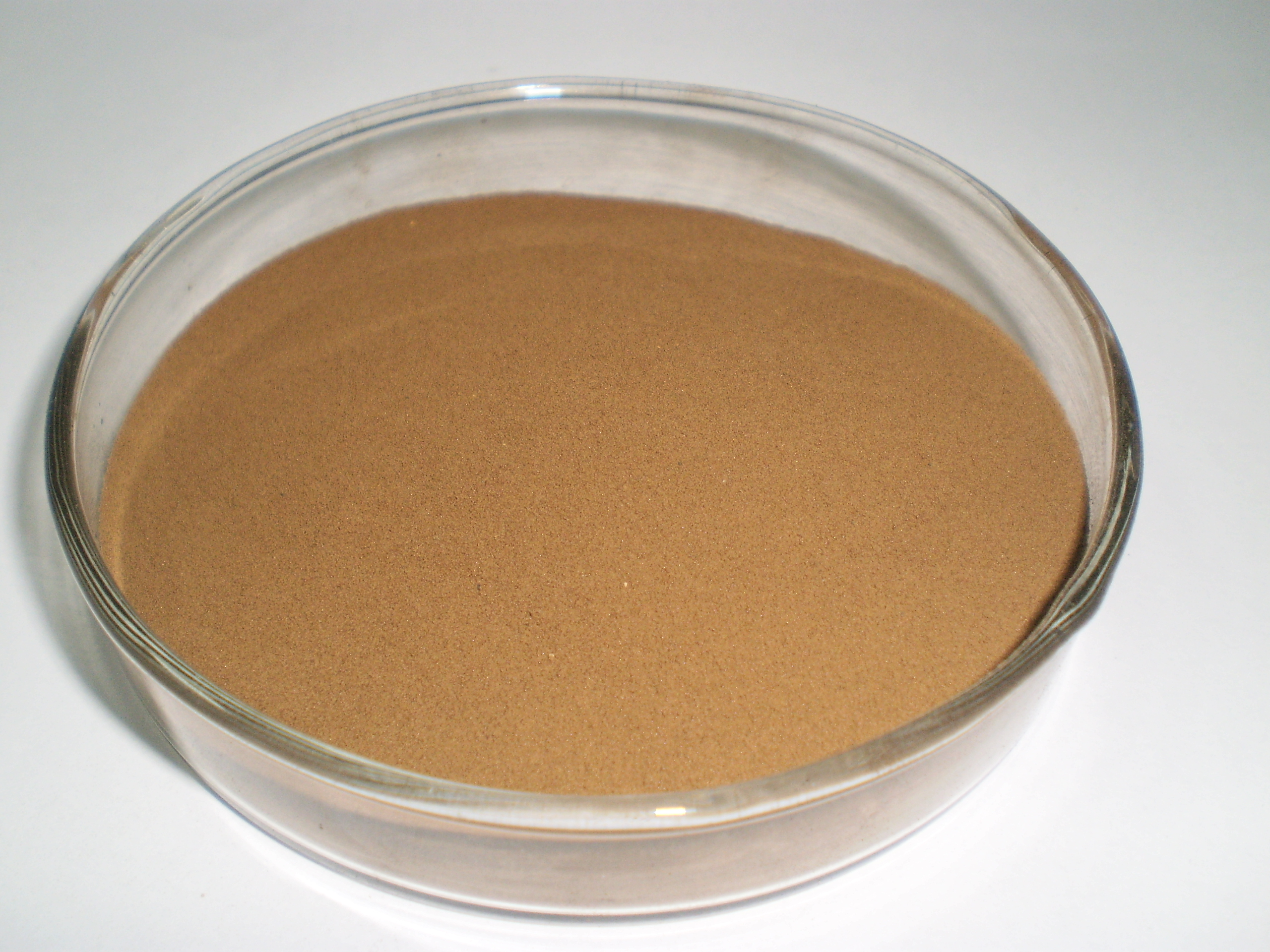Experimental Materials and Methods
1.1 Materials experimental black liquor taken from company used in papermaking raw materials angiosperms (hardwood), black liquor lignin guaiacyl and syringyl propane constitute. The company chemical pulp alkaline pulping black liquor composition shown in Table 1.
1.2 test equipment LD5-2A low-speed centrifuge; 250 mL pressure reactor; 85-Z thermostat magnetic stirrer; XMZ digital display instrument; node thermometer.
1.3 process
1.4 conditions control the reactor temperature of 110 ° C to 130 ° C; reaction time 1h; pressure 2 × 105 Pa; pH value of the reaction system 60; Na2SO3 quality score of 21%; the crude lignin 70g / l. The experimental basis of the above conditions, the production of industrial surfactants process parameters.
2 Results and discussion
2. 1 the influence of temperature on the yield of sulfonated
Be seen from Figure 2, as the temperature rises, the the sulfonated yield increase. Temperature increases, the percentage of molecules having a sufficient evaporation kinetic energy increase, resulting in a higher evaporation rate, so that the steam pressure within the autoclave to a sharp increase in the volume of the reaction solution, which in a certain extent, so compression, increase in the concentration of reactants. Collision theory, according to the chemical reaction react to simultaneously satisfy two conditions, i.e. the minimum energy limit and the appropriate orientation. The reaction temperature was increased the reaction molecule has a larger average kinetic energy of the molecules collide more effective and frequent, which is a temperature less than 120 ° C, the reaction rate increased rapidly. Slightly elevated temperature, it is enough to make the proportion of the number of molecules having the minimum energy required to cause the reaction of the collision increases a lot, which is the main reason for the improvement of the yield of lignin sulfonate. Secondly, the reaction liquid viscosity (liquid layer refers to the unit area of the flow through the tangential force apart the required distance when the fixed liquid level units to the unit speed, N / (m2 • S)) is also an important influence factors. According to the viscosity of the liquid empirical formula [7 ~ 12]: η = AeB / T (A, B is a constant), the temperature rises to reduce the reaction liquid viscosity, the lignin molecular and hydrolysis of HSO-3 reactor movement more freedom, is conducive to a collision between them, increase the effective collision frequency. 2. The test of the second pressure with a sulfonating yield correlation N2 was injected to the reactor to increase the pressure inside the autoclave. From Figure 3 it can be seen, when P 2 0 × 105PA, the pressure is no longer the key factors that influence the reaction, the yield of the overall variation smaller.
2.3 the relationship between time and the yield of sulfonated be seen from Figure 4, with the increase in reaction time, increased yield of sodium lignin sulfonate. This is in line with the general law of chemical reaction, reaction time, the greater the chance of collision of reactant molecules contact, the higher the yield. As the reaction proceeds, the concentration of reactants is gradually reduced while increasing product concentration, and the presence of the product prevents the collision between the reactants, the reaction rate decreased. Reaction after 15h, the curve to flatten, the the sulfonated yield no significant change.
2.4 Ph value of sulfonated yield can be seen from Figure 5, as the Ph value of the reaction system increases, the increase in the yield of sodium lignin sulfonate. The Ph value increased within a certain range, the precipitated lignin particles of reduced diameter, an increased contact area means that the reactant molecules, is conducive to the sulfonation reaction is carried out. In addition, the pH value of direct influence on the acidity of the sulfonation reaction system. Since the reaction of Na2SO3 first hydrolyzed to NAhSO3, in the acidic range, Ph value is the higher, the smaller the acidity, the more favorable of Na2SO3 hydrolysis, thereby promoting the reaction, so that the sulfonation Yield improving.
2.5 lignin concentration of sulfonated yield correlation can be seen from Figure 6, the the sodium ligninsulfonate yield substantially downward trend with the increase in the concentration of crude lignin. The crude lignin concentration of less than 52 5g / L range increases with the concentration of lignin, an increase in the dissolution of lignin, thus a slight increase in yield of sulfonated; when crude lignin concentration by mass greater than 52 5g / L, and the reaction system lignin dissolution by the solubility limit of the acidity conditions undergrowth prime mostly particle state exists, the increase in the viscosity of the reaction system is not conducive to movement of the reactant collision, and thus the yield decreases with the increase in

